#Kungälv Municipality
Photo

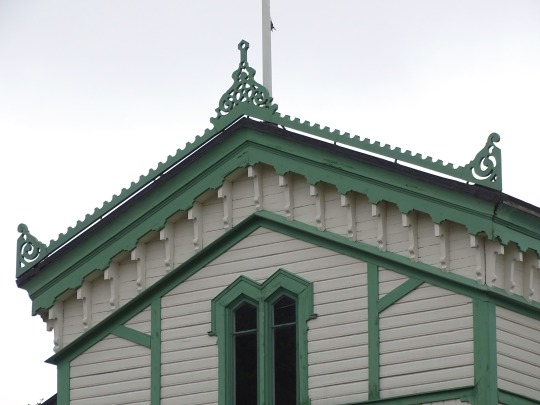

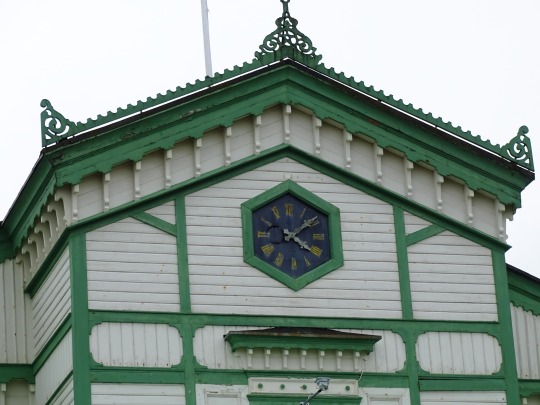

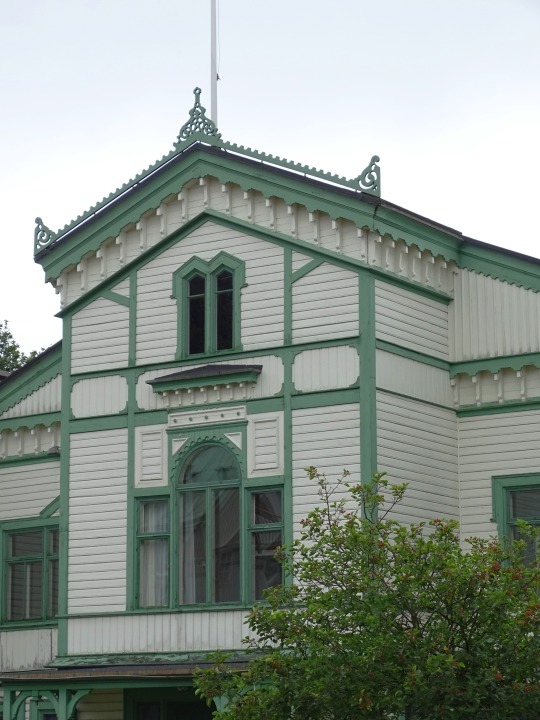
The Societetshuset in Marstrand became a listed building on March 13, 1978.
#Neorenaissance#Societetshuset#listed building#13 March 1978#travel#45th anniversary#Swedish history#Marstrand#Kungsplanen Park#Adrian Crispin Peterson#Bohuslän#Västra Götaland County#Sweden#Kungälv Municipality#Sverige#Scandinavia#Northern Europe#summer 2020#architecture#cityscape#tourist attraction#landmark#Atlantic Ocean#pier#rock formation#beach#seascape#Kattegat
3 notes
·
View notes
Link
0 notes
Text
Teen tortured, murdered by other teens

August 17, 1995
Kode, Kungälv Municipality, Västra Götaland County, Sweden
John Hron (14) is beaten and drowned by four neo-Nazis
Hron and a friend were camping by a lake when four boys, ages 15-18 and all of whom embraced the neo-nazi ideology, approached. The youngest, Mikael Fjällholm, and Hron knew each other from school, where Fjällholm was known to be a bully while Hron was outspoken against…
View On WordPress
1 note
·
View note
Photo


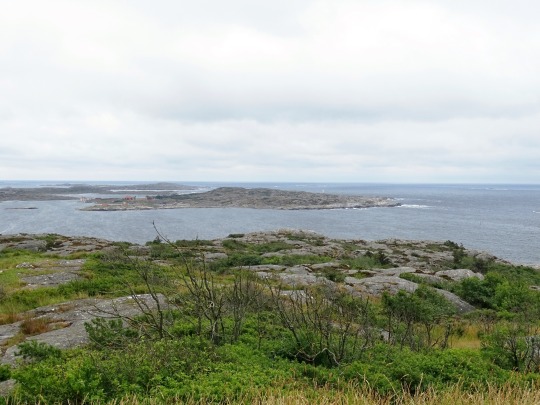
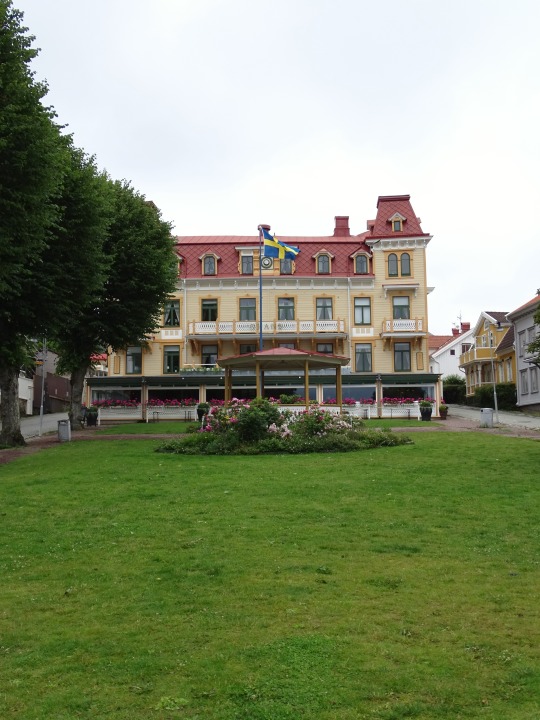

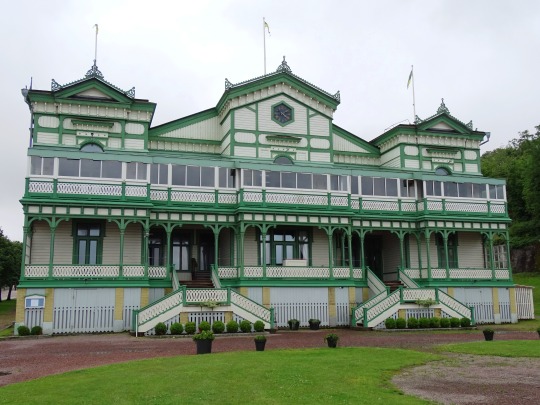

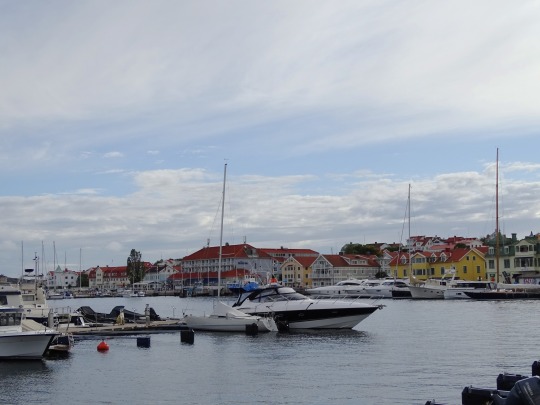
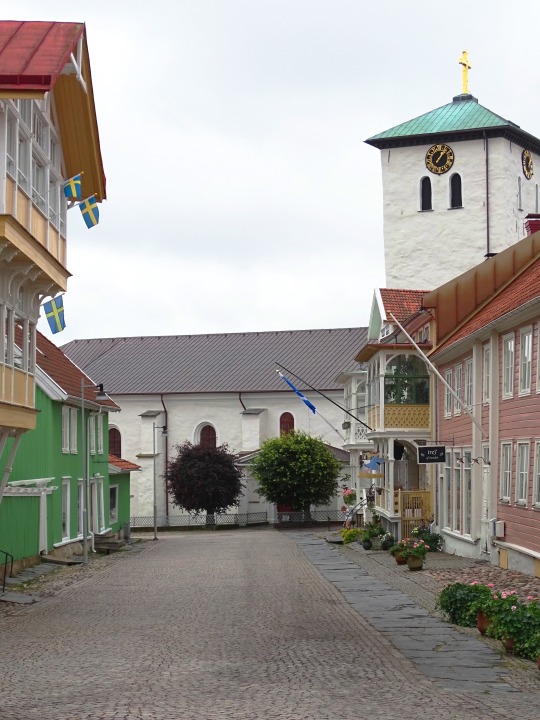
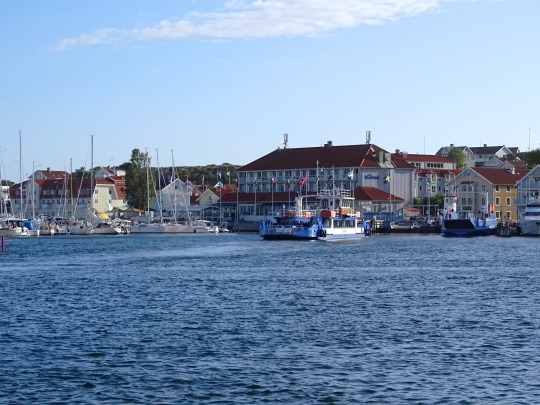
Scanian War: Denmark–Norway captured the harbor town of Marstrand from Sweden on July 23, 1677.
#Scanian War#Denmark–Norway#Marstrand#345th anniversary#travel#Swedish history#Bohuslän#Västra Götaland County#Kungälv Municipality#Carlsten#Sweden#Sverige#Scandinavia#summer 2020#tourist attraction#landmark#architecture#seascape#cityscape#original photography#vacation#ferry#boat#Kattegat
2 notes
·
View notes
Text
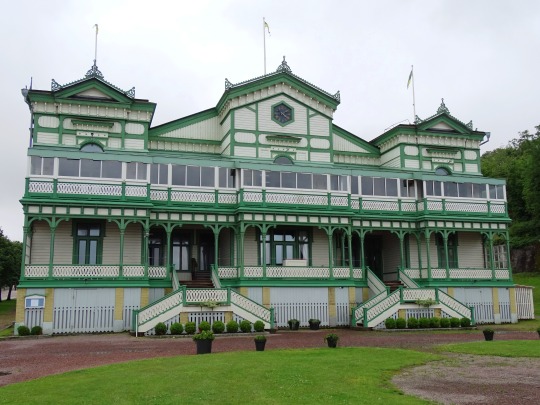
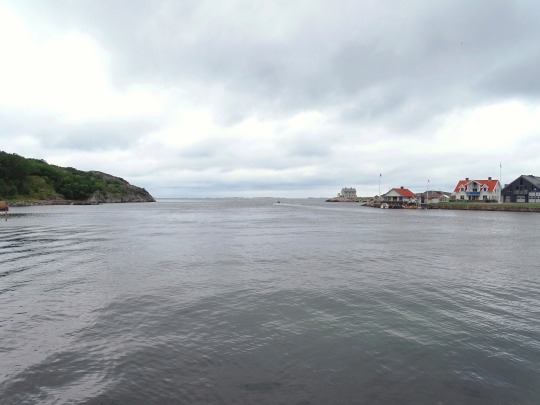




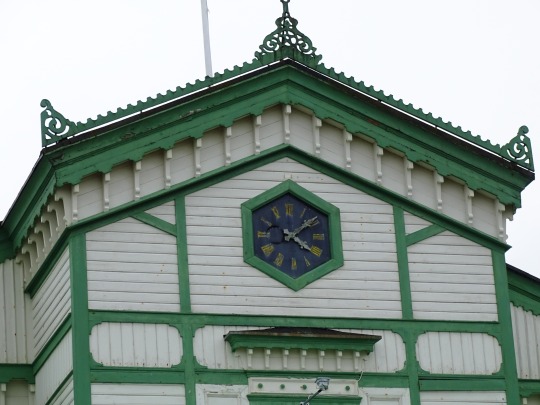



Societetshuset in Marstrand became a listed building on March 13, 1978.
#Societetshuset#neo-Renaissance style#Adrian Crispin Peterson#Sweden#13 March 1978#Marstrand#Bohuslän#Kungälv Municipality#summer 2020#Västra Götaland County#island#architecture#original photography#landmark#tourist attraction#Kungsplanen Park#pier#Kattegat#North Sea#Atlantic Ocean#travel#cityscape#vacation#seascape#Sverige#Scandinavia#Northern Europe
0 notes
Text



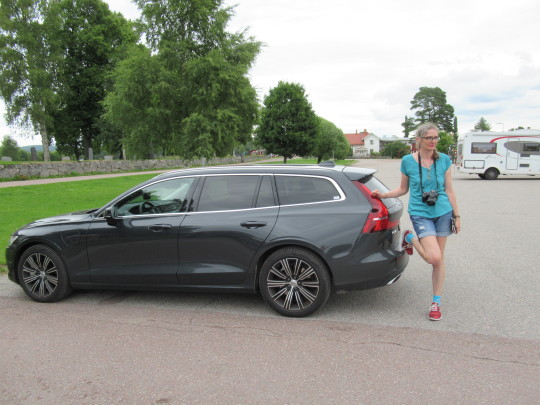

The buyout of Volvo Cars by Ford was announced on January 28, 1999.
#Volvo V60#Dala-Floda#Sweden#Sverige#rental car#Kungälv Municipality#Bohuslän#Koön#28 January 1999#buyout#25th anniversary#US history#Swedish history#original photography#summer 2020#travel#vacation#small town#ferry#on board#MS Huckleberry Finn#Germany#landmark#tourist attraction#cityscape#architecture#landscape
0 notes
Photo


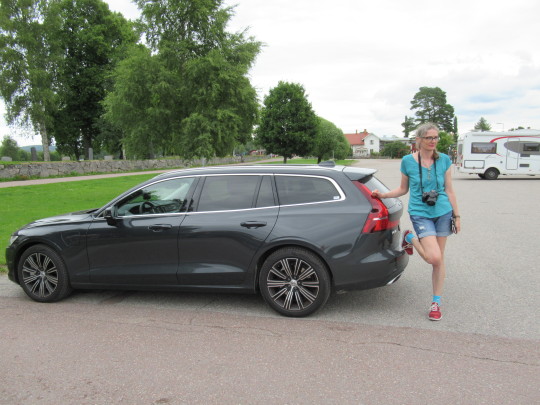

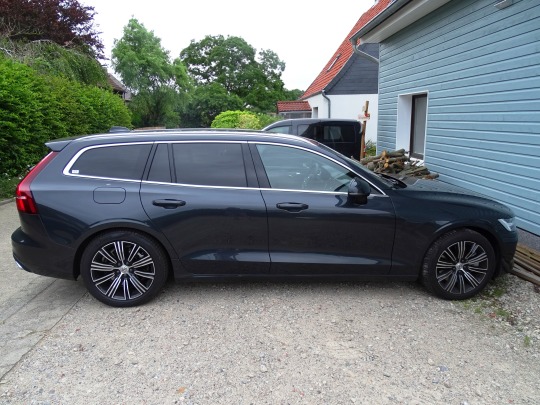
The buyout of Volvo Cars by Ford was announced on January 28, 1999.
#Dala-Floda#Sweden#Sverige#rental car#Kungälv Municipality#Bohuslän#Koön#28 January 1999#buyout#anniversary#US history#Swedish history#original photography#summer 2020#travel#vacation#small town#ferry#on board#MS Huckleberry Finn#Volvo V60#Germany
0 notes
Photo



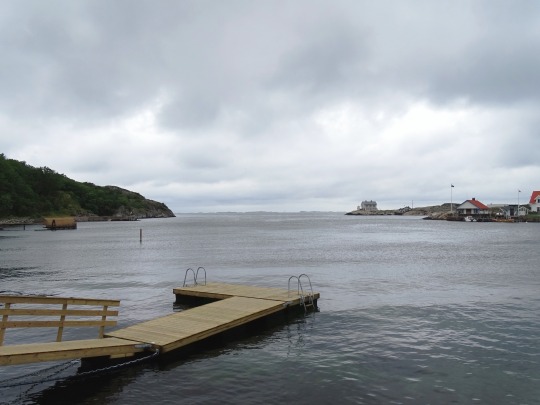
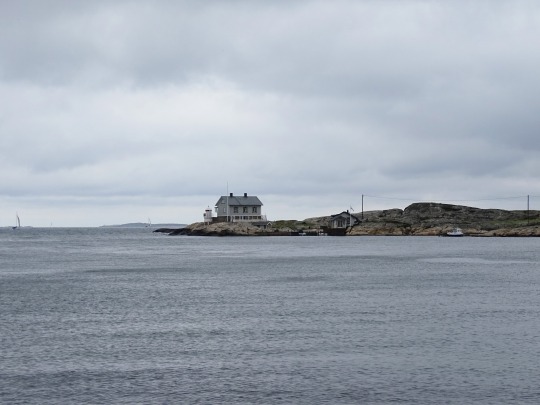
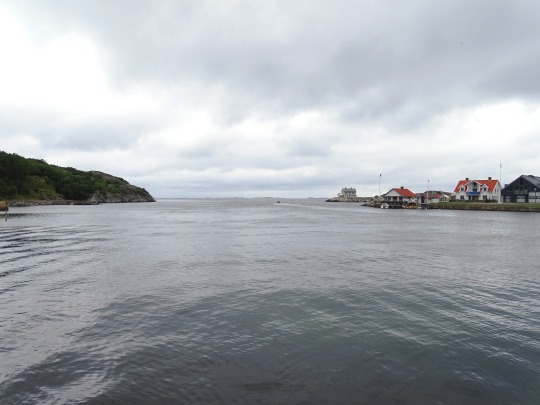




Clouds (No. 245)
Marstrand, Sweden
#Koön lighthouse#Kattegat#Atlantic Ocean#overcast#clouds#island#travel#summer 2020#architecture#landmark#tourist attraction#ship#boat#Kungälv Municipality#Marstrand#Sweden#Sverige#Scandinavia#vacation#Northern Europe#Swedish west coast#seascape#original photography
26 notes
·
View notes
Photo
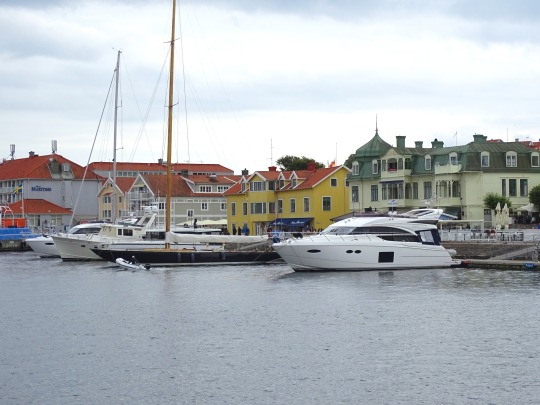




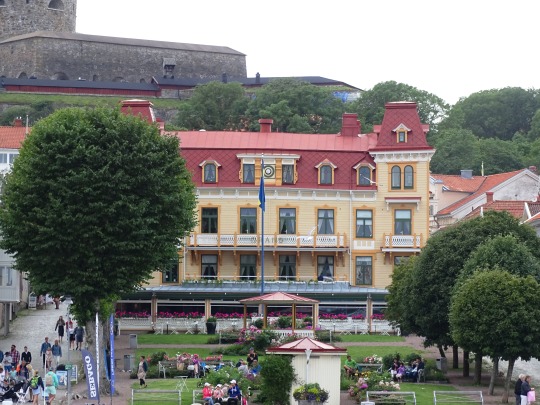




Marstrand, Sweden (No. 2)
Sailing and boat adventures, kayaking, fishing, seal excursions, swimming and fantastic hiking trails. If shopping is your vice, Marstrand is filled with wonderful shops and boutiques, many very unique to the Island. Looming over the town is Carlstens Fästning, a fortress constructed in the 1660s after the Swedish takeover of Bohuslän; later building work was completed by convicts sentenced to hard labour. There are smashing archipelago views from the top of its round tower; you can also explore the secret tunnel and in the prison cells learn the story of Lasse Maja, a cross-dressing thief.
Source
#Marstrand#Bohuslän#Västra Götaland County#Kungälv Municipality#travel#Carlsten Fortress#Kattegat#Grand Hotel Marstrand#architecture#cityscape#original photography#marina#tourist attraction#Swedish West Coast#Sverige#Scandinavia#Northern Europe#summer 2020#vacation#island#harbor#boardwalk#coast#landmark#Koön#color#colourful houses#boat#ship
13 notes
·
View notes
Photo









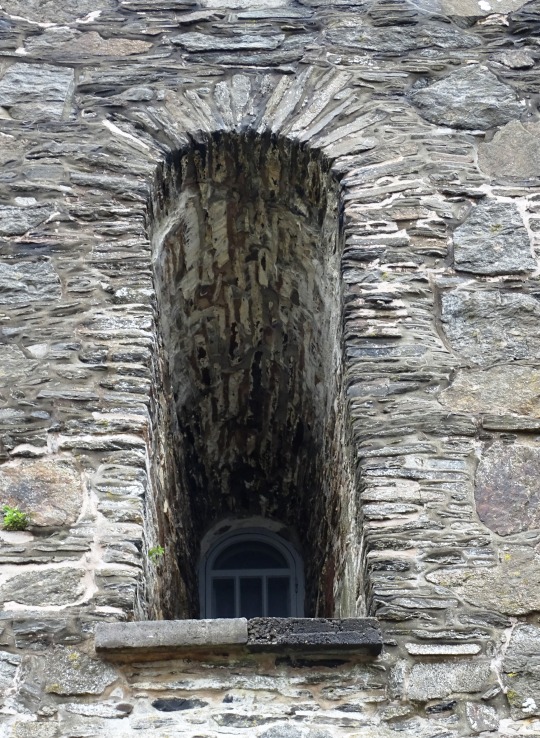
Carlsten Forstress, Marstrand (No. 3)
At the Treaty of Roskilde in 1658 and became thereby Marstrand Swedish. The city was long an important trading place. Since the harbour is rarely freezes, was part of the Western fleet here. To defend Marstrand Carl X Gustav decided to build a fortress on the island's highest peak. First built a square Tower and walls around a small courtyard. In the 1680 's strengthened the fortress, the tower was around and above, and that the walls were raised. At the beginning of the 1700 's were the levees that encloses the courtyard finished. During the 1700 's and 1800 's was built in the outer parts. 1860 reported the fortress to be completed.
Dragging the stone to the construction was hard work. To get enough labor introduced a new sentence in the Swedish law: "Marstrand's work". From all over the country were then criminals that would be included in the workforce. They were murderers, big thieves, counterfeiters and rapists, but also easier for criminals like little thieves and vagrants. Sentence length varied from a few years to lifetime.
To prevent escapes, the prisoners were provided with a tvåkilos birdo attached with chains around one ankle. Awkward and escape-prone inmates could get to wear a so-called Iron Crown, a lockup that could weigh up to 36 kg. The hard work and the miserable living conditions meant that the mortality rate was high. Some winters died up to 20 percent of the prisoners. Marstrand's work was abolished in 1854, and most of the prisoners were moved to Gothenburg.
Carlstens fortress has been attacked twice and both times dropped the hilt of the attacking forces ' hands. Year 1677 Carlsten was captured by the Governor of Norway, Danish Gyldenlöwe. 1719 conquered the Norwegian Admiral Tordenskjold fortress.
Both times the Swedes got back Carlsten through negotiations and peace out. 1882 was the fortress down as a military fortification.
Source
#Carlsten Forstress#Bohuslän#Västra Götaland County#Kungälv Municipality#island#Marstrand#Karlstens fästning#architecture#Johan Wärnschöld#exterior#detail#tourist attraction#landmark#Swedish West Coast#travel#Sweden#Sverige#Scandinavia#Northern Europe#cityscape#outhouse#window#stone wall#summer 2020#original photography
5 notes
·
View notes
Photo

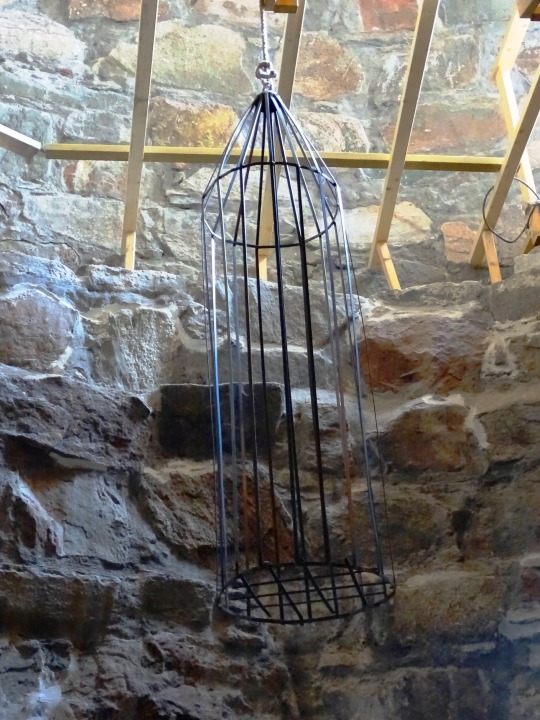



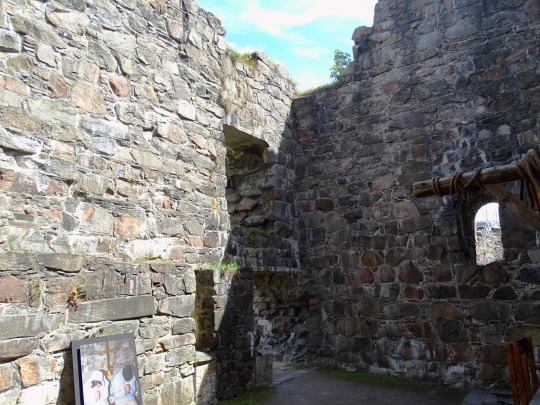

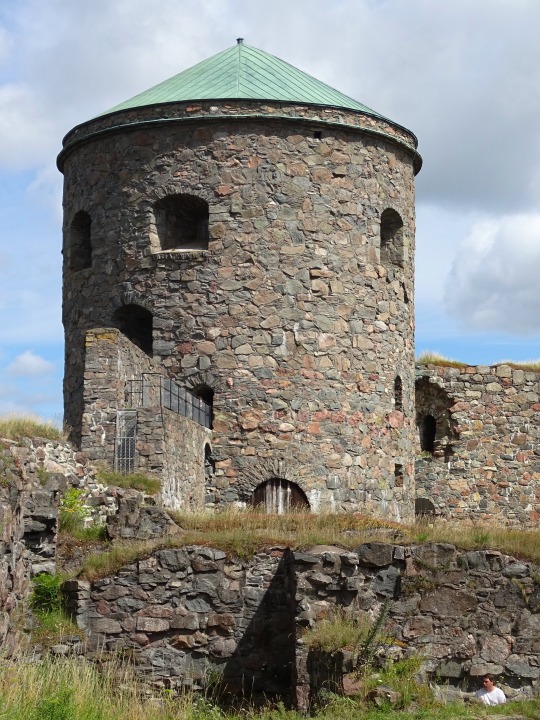

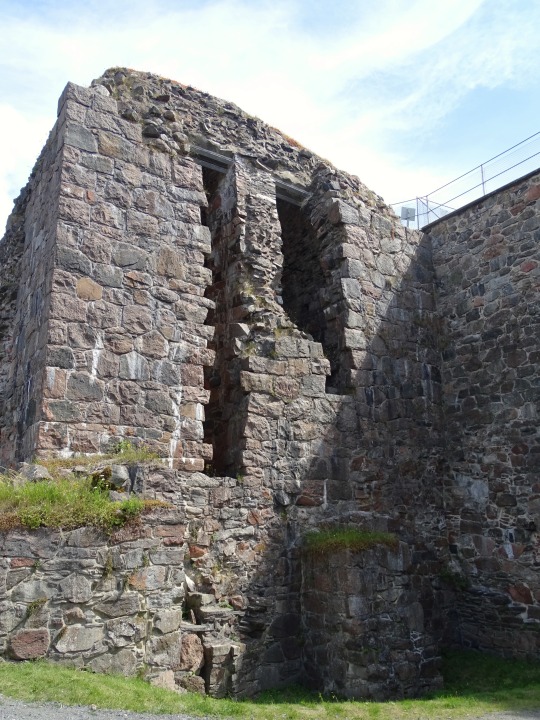
Bohus Fortress, Sweden (No. 8)
At the beginning of the 14th century, a power struggle broke out between Sweden’s King Birger and his brothers, Dukes Erik and Valdemar, all sons of King Magnus Ladulås. Duke Erik was married to Ingeborg, daughter of King Håkon V Magnusson of Norway, and thus had strong ties to the Norwegian royal family. Through the marriage, Duke Erik had gained control of ragnhildsholmen castle, which was built in the 13th century. The castle was located on an island, opposite the town of Kungahälla, but today you will find the ruins of the castle on Hisingen’s beach, in the municipality of Gothenburg.
Ragnhildsholmen became an important support point for dukes Erik and Valdemar, who soon controlled large parts of today’s West Sweden. Håtunaleken and Nyköping’s feasts are two known events during the power struggle, which had the character of a Nordic civil war.
None of the Nordic kings had an interest in the dukes Erik and Valdemar growing too strong, which sealed their fate. The previous alliances had been severely undermined and the Norwegian king Håkon V Magnusson wanted his son-in-law Erik to return his favours. The Duke refused, and a siege of Ragnhildsholmen Castle began.
According to the Swedish Erikskrönikan, it was Count Jacob Nielsen who in 1308 called on the King of Norway to erect a fortification on the high cliff where the Göta River divides. Thus, Duke Erik’s opponents were able to take control of communications to and from Ragnhildsholmen and the superior strategic location meant that Ragnhildsholmen Castle had very soon played its part. Now Bohus took over the function as Norway’s southernmost outpost.
(automated translation from Swedish to English)
Source
#Sven Hall torn#Bohus Fortress#Kungälv#Västra Götaland County#Bohuslän#Kungälv Municipality#Baahus#Båhus#Båhus festning#Bohus fästning#medieval architecture#so much to explore#ruins#tourist attraction#landmark#grass#stone wall#summer 2020#original photography#New Storehouse#tower#Sverige#Scandinavia#Northern Europe#outdoors#Sweden
3 notes
·
View notes
Photo



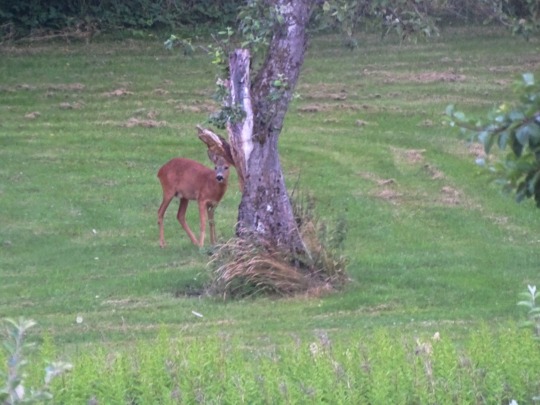



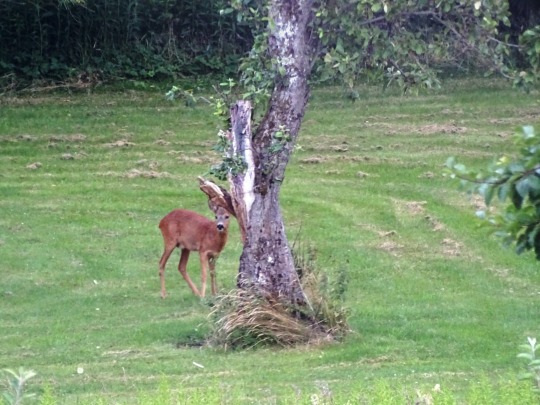

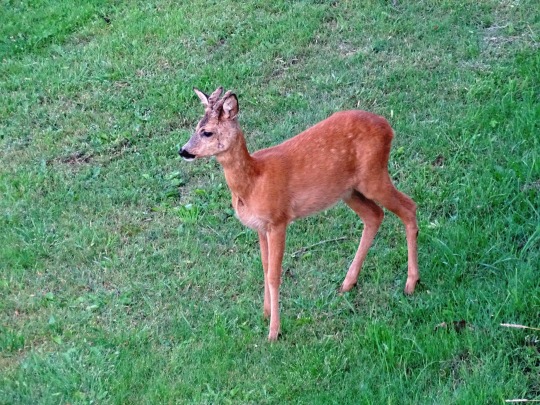
Koön, Sweden (No. 2)
The roe deer (Capreolus capreolus), also known as the roe, western roe deer or European roe, is a species of deer. The male of the species is sometimes referred to as a roebuck. The roe is a small deer, reddish and grey-brown, and well-adapted to cold environments. The species is widespread in Europe, from the Mediterranean to Scandinavia, from Scotland to the Caucasus, and east to northern Iran and Iraq.
The roe deer is a relatively small deer, with a body length of 95–135 cm (3.1–4.4 ft) throughout its range, and a shoulder height of 63–67 cm (2.1–2.2 ft), and a weight of 15–35 kg (33–77 lb). Populations from Urals and northern Kazakhstan are larger on average growing to 145 cm (4.8 ft) in length and 85 cm (2.8 ft) at shoulder height, with body weights of up to 60 kg (130 lb), with the deer populations becoming smaller again further east in the Transbaikal, Amur Oblast, and Primorsky Krai regions. Bucks are slightly larger than in does in healthy populations (where the population density is restricted by hunting or predators). Males from populations in bad conditions are similar or slightly smaller than females.
Bucks in good conditions develop antlers up to 20–25 cm (8–10 in) long with two or three, rarely even four, points. When the male's antlers begin to regrow, they are covered in a thin layer of velvet-like fur which disappears later on after the hair's blood supply is lost. Males may speed up the process by rubbing their antlers on trees, so that their antlers are hard and stiff for the duels during the mating season. Unlike most cervids, roe deer begin regrowing antlers almost immediately after they are shed.
Source: Wikipedia
#Koön#Kattegat#Marstrand#island#Bohuslän#Västra Götaland County#Kungälv Municipality#summer 2020#landscape#architecture#cityscape#ship#travel#vacation#original photography#flora#fauna#wildlife#stuga#rose#flower#roe deer#lawn#door#countryside#Sweden#Sverige#Scandinavia#marina#Northern Europe
4 notes
·
View notes
Photo



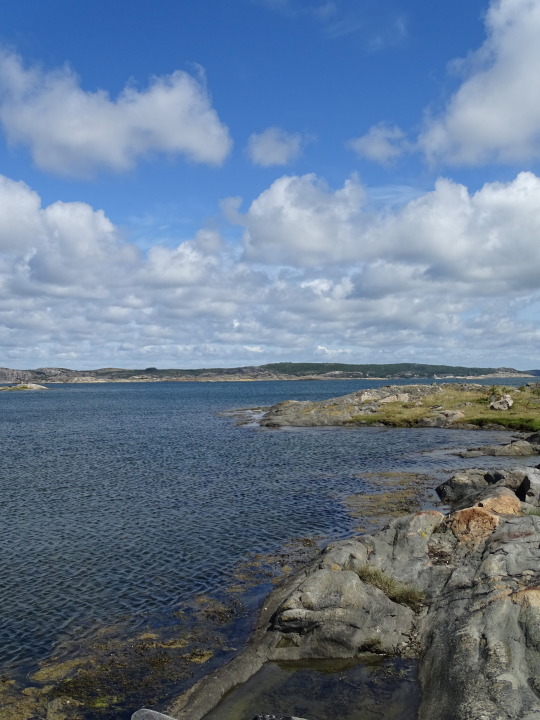


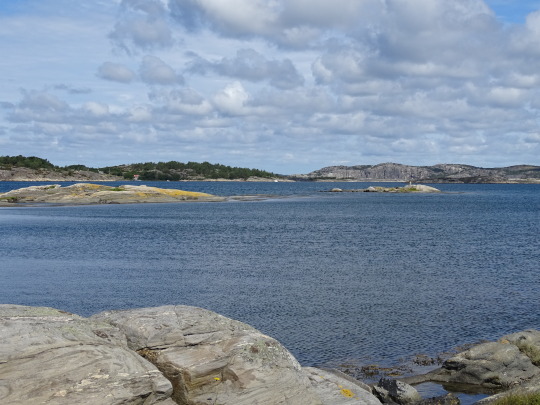
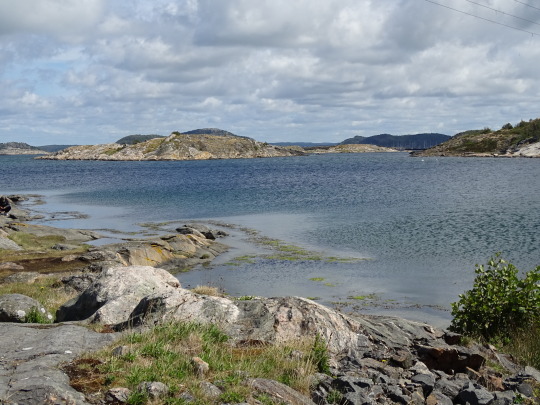
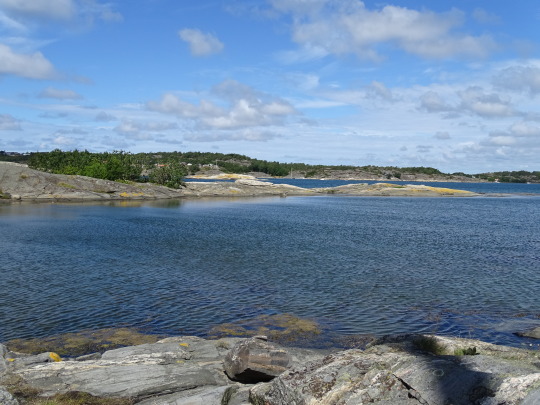
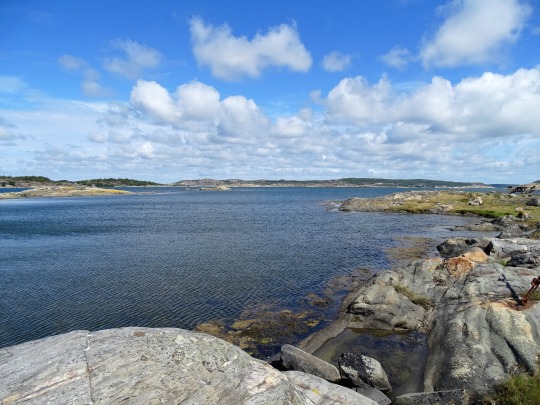
Clouds (No. 279)
Rökan
#Rökan#Kungälv Municipality#Västra Götaland County#Kattegat#travel#summer 2020#rock formation#Koön#water#ripples#nature#blue sky#clouds#grass#flora#Sweden#Sverige#Scandinavia#tourist attraction#Northern Europe#hills#island#Marstrand
8 notes
·
View notes
Photo

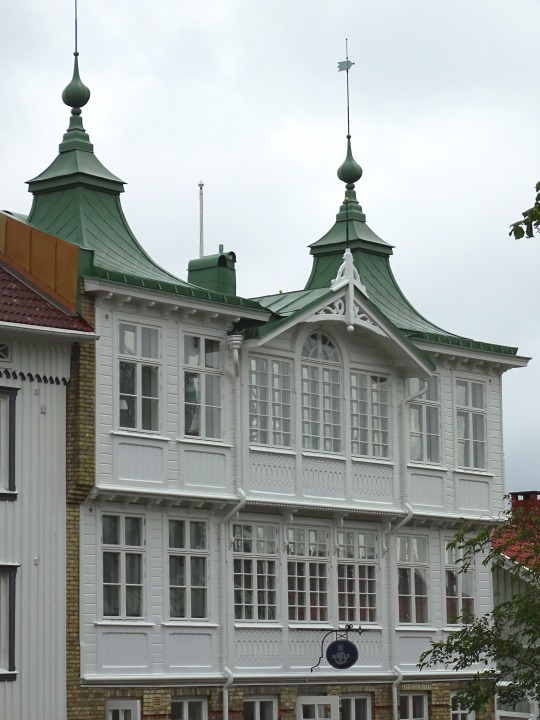



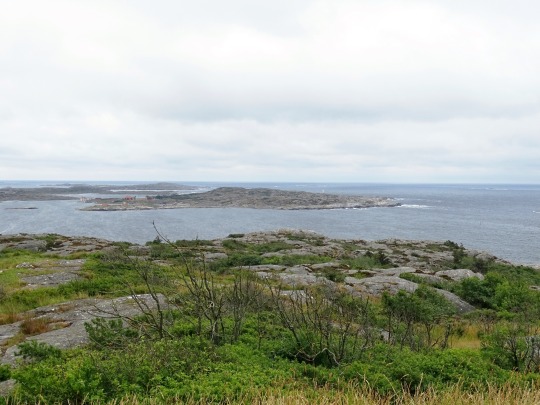




Marstrand, Sweden (No. 9)
Klåverön or Klöverön is an island and nature reserve in Lycke parish in Kungälv municipality in Bohuslän.
Klåverön is located south of Marstrand and is part of the nature reserve of the same name. The area has been protected since 1966 and covers 2,278 hectares.
In addition to the main island, the reserve also includes a number of small islands and islands. The island has been alternately called Klöverön and Klåverön. The main island is mountainous and strongly hilly. Some areas are used as bait and there are lots of deciduous forest. In the area grow bumblebees, daisies, earth clover, hives, small perch, rock mint, spring onions, carnation root, gullviva and lint loin.
Many species of birds can be seen within the reserve. It mentions herons, thorn warblers, thorn falcons, eiders, sea snakes, loons, rattles, cormorants and shrikes.
The oldest settlements found here are from the older Stone Age, about 10,000-4,000 f.Kr.
Otherwise, the island has been farmed as an archipelago farm for hundreds of years. The agricultural landscape is best preserved in the areas of the Korsvik farm on the southern part of the island. On the northeastern part of Köverön between Köverön and Koön. The canal keeper's cottage from the 1870s is now a holiday home. In 1917 there were 78 residents on the island, in 2012 there were 15 residents. The proportion of holiday homes is large, especially on the north of the island towards Marstrandsön.
The reserve is managed by the West Coast Foundation.
The site is part of the EU's ecological network of protected areas, Natura 2000.
[machine translation from Swedish to English]
Source: Wikipedia
#Hamngatan#Marstrand#restaurant#fries#food#original photography#Bohuslän#Västra Götaland County#Kungälv Municipality#Sweden#travel#summer 2020#architecture#cityscape#Wärdsburger#Drottninggatan#Klåverön#nature reserve#island#Kattegat#Atlantic Ocean#Sverige#Scandinavia#Northern Europe#tourist attraction#seascape#Pater Noster Lighthouse#Hamneskär
2 notes
·
View notes
Photo


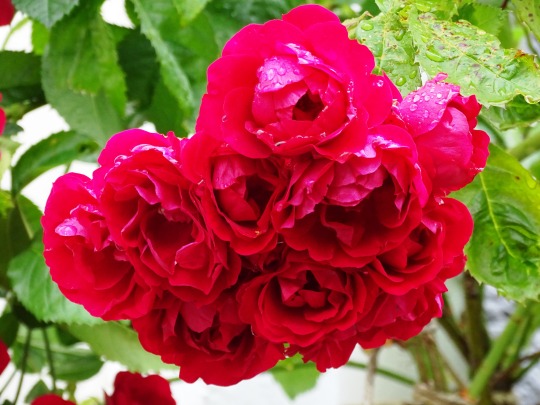







Marstrand, Sweden (No. 6)
A rose is a woody perennial flowering plant of the genus Rosa, in the family Rosaceae, or the flower it bears. There are over three hundred species and tens of thousands of cultivars. They form a group of plants that can be erect shrubs, climbing, or trailing, with stems that are often armed with sharp prickles. Flowers vary in size and shape and are usually large and showy, in colours ranging from white through yellows and reds. Most species are native to Asia, with smaller numbers native to Europe, North America, and northwestern Africa. Species, cultivars and hybrids are all widely grown for their beauty and often are fragrant. Roses have acquired cultural significance in many societies. Rose plants range in size from compact, miniature roses, to climbers that can reach seven meters in height. Different species hybridize easily, and this has been used in the development of the wide range of garden roses.
The name rose comes from Latin rosa, which was perhaps borrowed from Oscan, from Greek ρόδον rhódon (Aeolic βρόδον wródon), itself borrowed from Old Persian wrd- (wurdi), related to Avestan varəδa, Sogdian ward, Parthian wâr.
Source: Wikipedia
#rose#water drop#flora#garden#Marstrand#Västra Götaland County#Bohuslän#Kungälv Municipality#summer 2020#island#tourist attraction#travel#landmark#original photography#Marstrands bibliotek#Old City Hall#former High Guard#Rådhusgatan 17#Sweden#Sverige#Scandinavia#Northern Europe#square#lamp#falun red#architecture#cityscape#nature#Swedish West Coast
2 notes
·
View notes
Photo


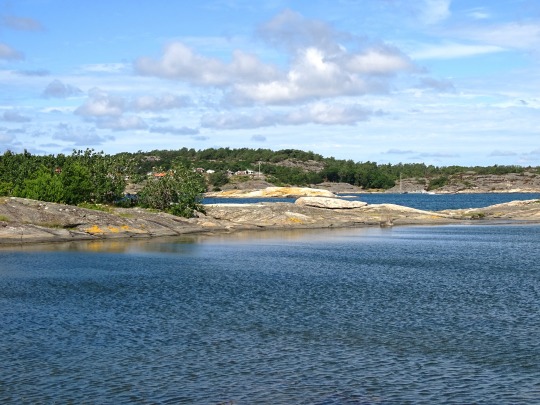
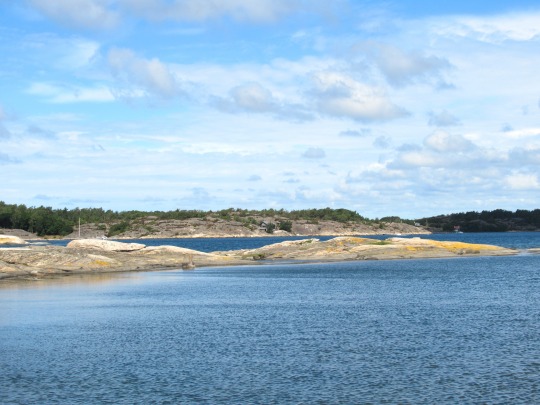


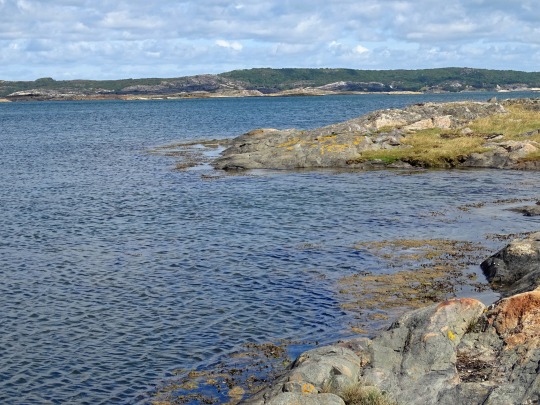
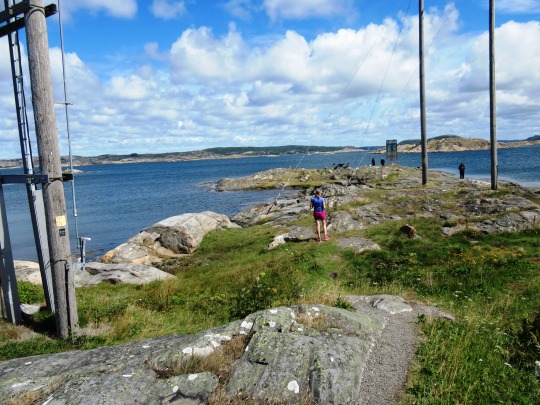

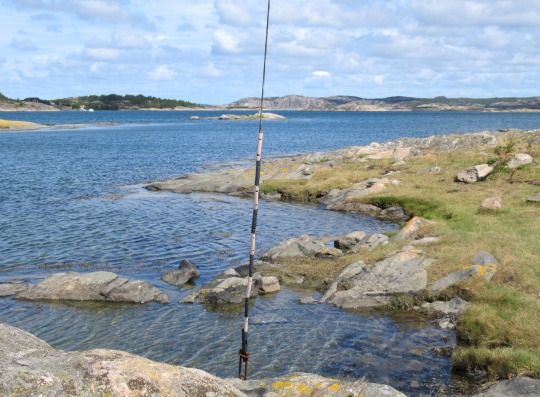
Lycke, Sweden (No. 2)
Sweden's counties are generally of greater importance than its provinces. The counties are the main administrative units for politics and population counts.
Due to its size and young age, the Västra Götaland County has no common inheritance. Of cultural and historical significance are the provinces that Västra Götaland County consists of: Västergötland, Bohuslän and Dalsland. There is also an insignificant part of the province Halland within the county.
In addition, the previous counties that were abolished in 1998 had been in use since the 17th century, and therefore have some cultural and historical significance.
Västra Götaland County borders to the counties of Värmland, Örebro, Östergötland, Jönköping and Halland. It is also bounded by the Norwegian county of Viken both with a land and maritime border, lakes Vättern and Vänern, as well as the strait of Skagerrak.
Västra Götaland was created in 1998 by a merger of the three former counties of Gothenburg and Bohus County, Älvsborg County and Skaraborg County. The seat of residence for the Governors or Landshövding is Gothenburg, while the seat of political administration and power is Vänersborg. The Governor is the head of the County Administrative Board or Länsstyrelse.
The Västra Götaland Regional Council or Västra Götalandsregionen is an evolved County Council that for a trial period has assumed certain tasks from the County Administrative Board. Similar trial councils are applied for Skåne County and Gotland County.
Source: Wikipedia
#Lycke#Västra Götaland County#Bohuslän#Kungälv Municipality#Sweden#original photography#summer 2020#landscape#countryside#Kattegat#Atlantic Ocean#seascape#rock formation#flora#island#near Marstrand#grass#tourist attraction#landmark#tourism#Sverige#Scandinavia#Northern Europe#travel#vacation#Swedish West Coast#rental car
2 notes
·
View notes